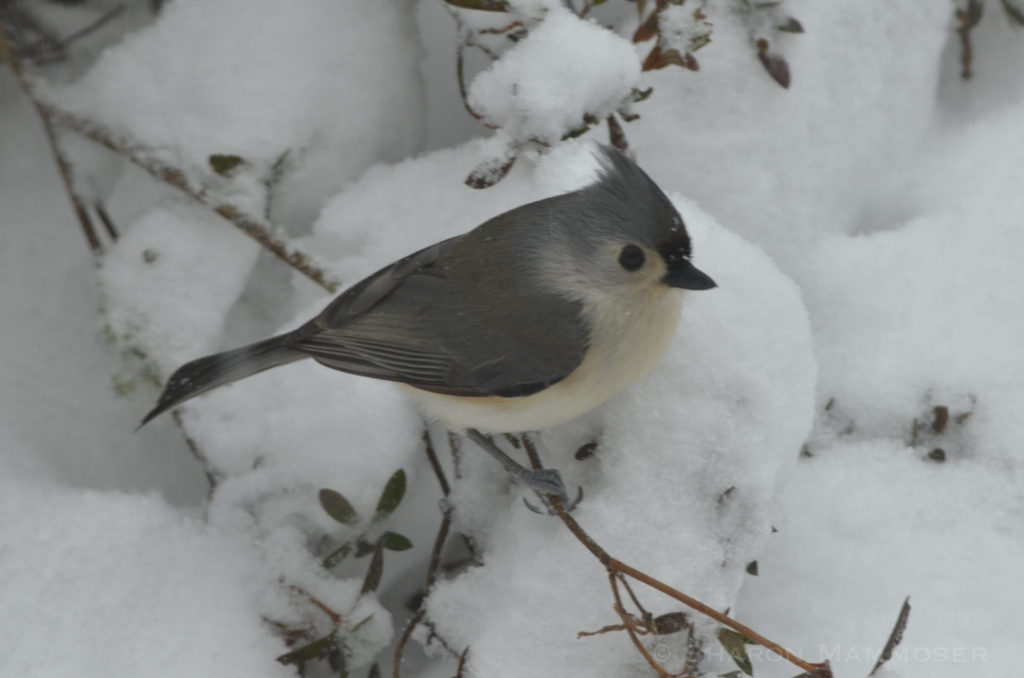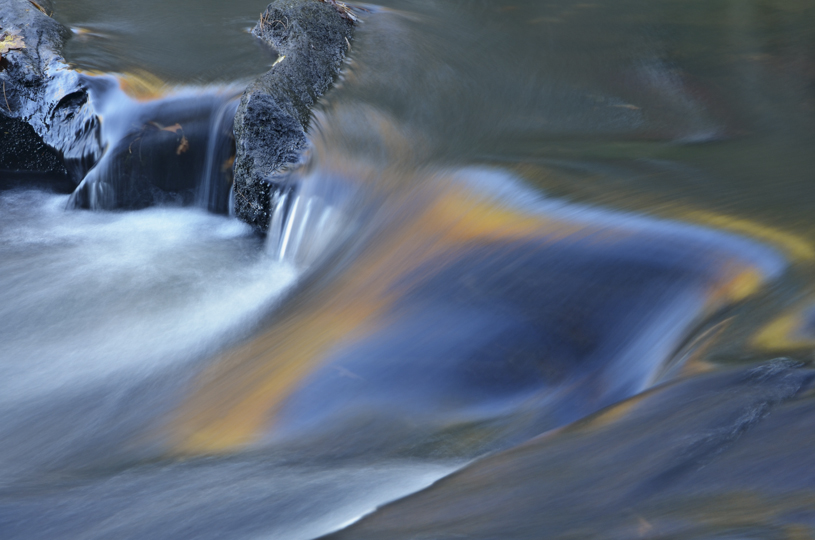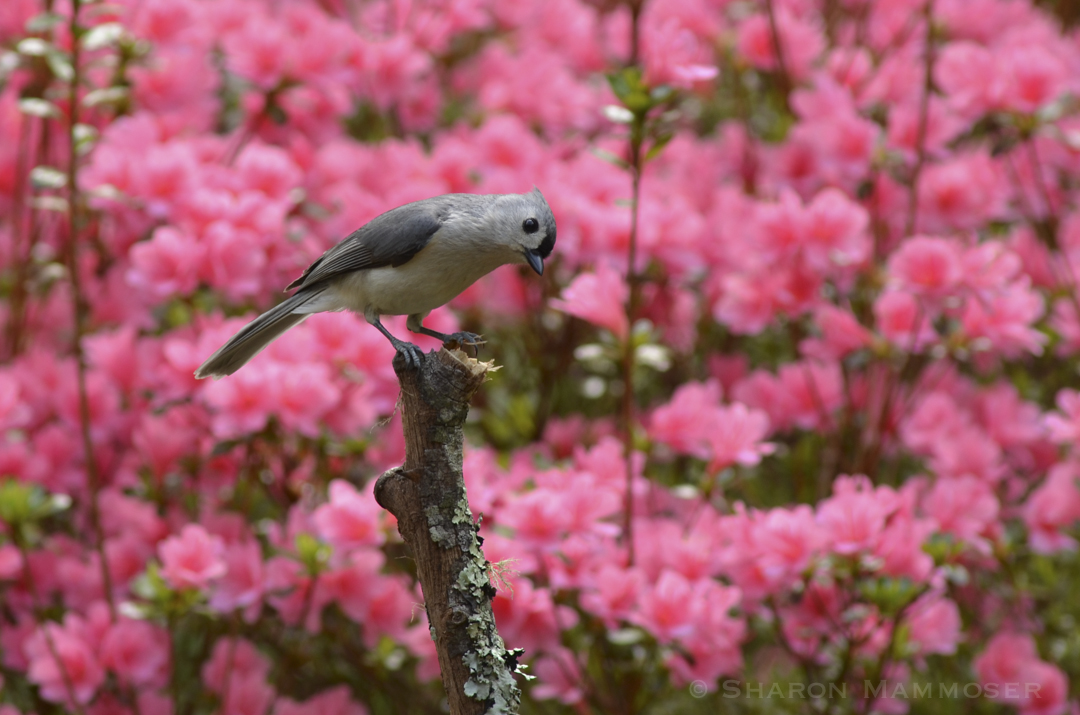Did you recognize the cute, gray bird in last week’s puzzler as a tufted titmouse? This bird is very common at bird feeders across the eastern United States.

Unlike some other birds, the tufted titmouse doesn’t change to dull plumage in the winter. It looks this way year-round, and, as you can see from the photo, it stays active in the winter. Tufted titmice are common visitors to winter feeders throughout the east.
Did you know that, like chickadees, the tufted titmouse will store seeds for the winter? Sometimes you may notice they grab a seed and then disappear from the feeder, only to return a few minutes later. Sometimes they eat the seed right away, but often, especially as winter is approaching, they will stash the seed in a quick hiking place for later retrieval. According to the Cornell Lab of Ornithology, these hidden “seeds are usually within 130 feet of the feeder.”

Tufted titmice are cavity nesters, though they can not excavate the hole themselves, instead using old woodpecker cavities. The tufted titmouse has an odd habit of collecting hair or fur for use in their nests. According to the Cornell Lab of Ornithology, “Naturalists examining old nests have identified raccoon, opossum, dog, fox squirrel, red squirrel, rabbit, horse, cow, cat, mouse, woodchuck, and even human hair in titmouse nests. ” In my Peterson Field Guide to Bird’s Nests, it notes that the tufted titmouse “has been observed pulling hair for the nest from a live squirrel’s tail, a woodchuck’s back, and also from a man’s head and beard.” Imagine! I’m not sure what the man thought of this, but I doubt it seemed like a good idea to him.
Here’s the next puzzler–another songbird, though this one is a lot more striking than the tufted titmouse.


